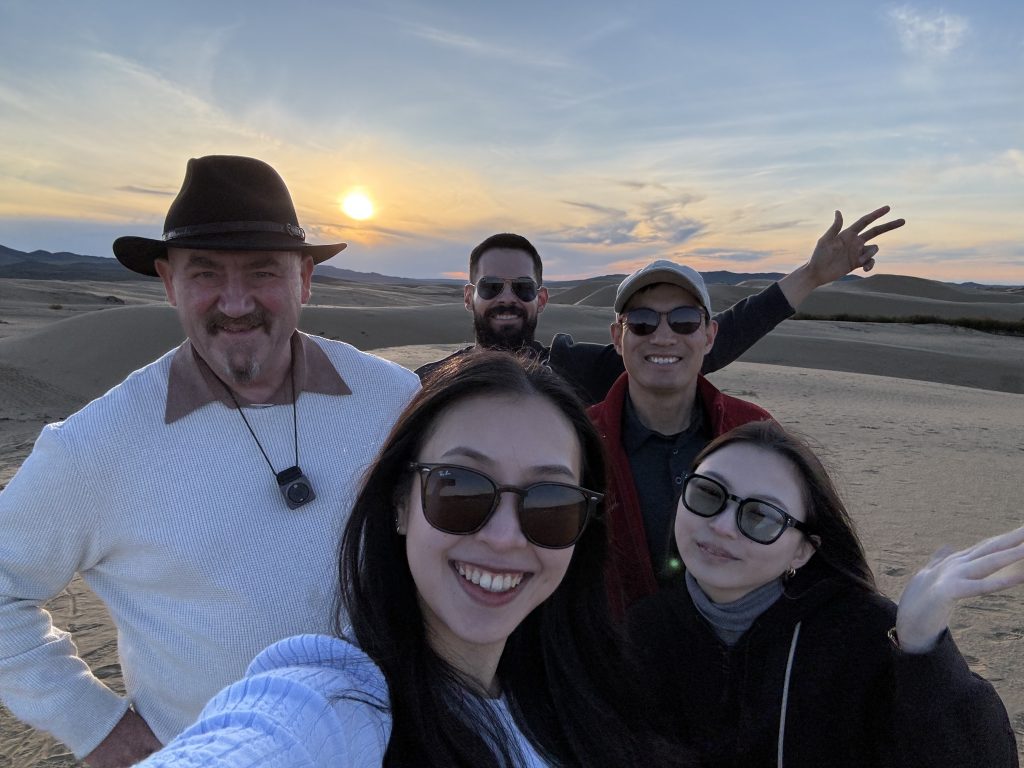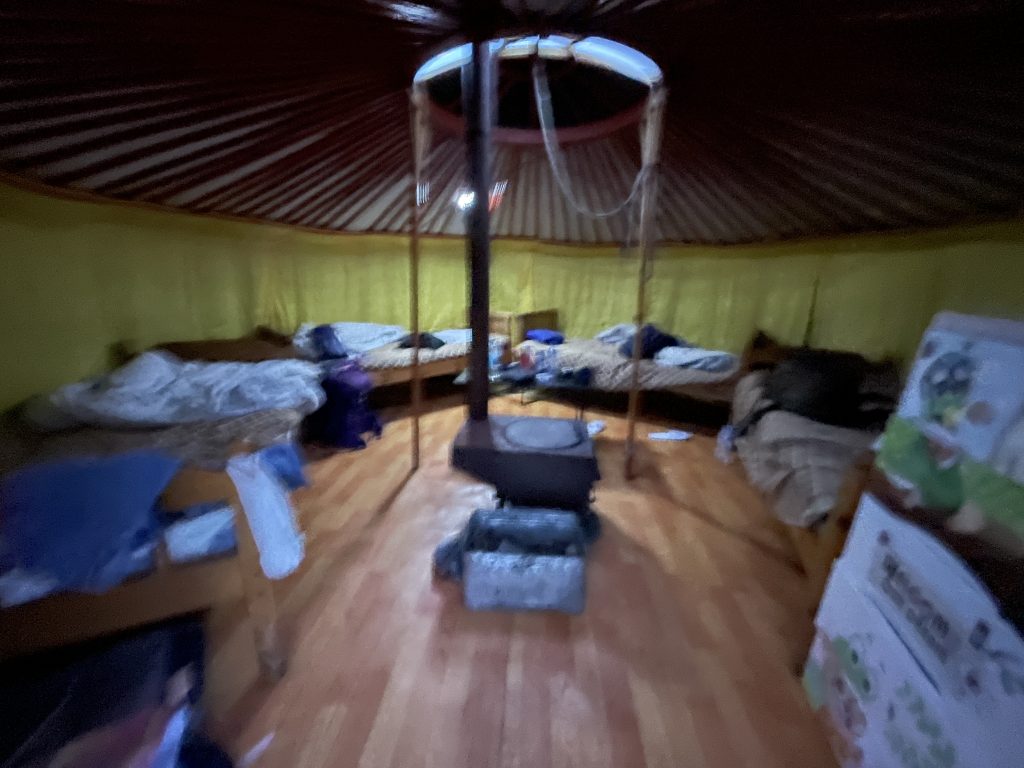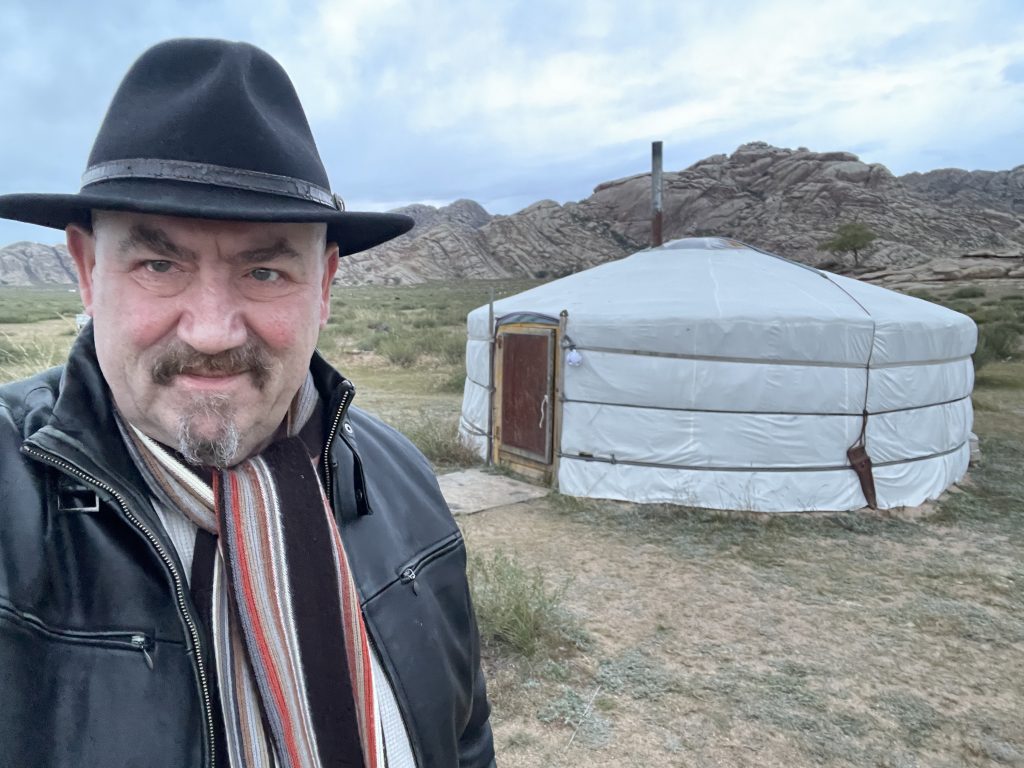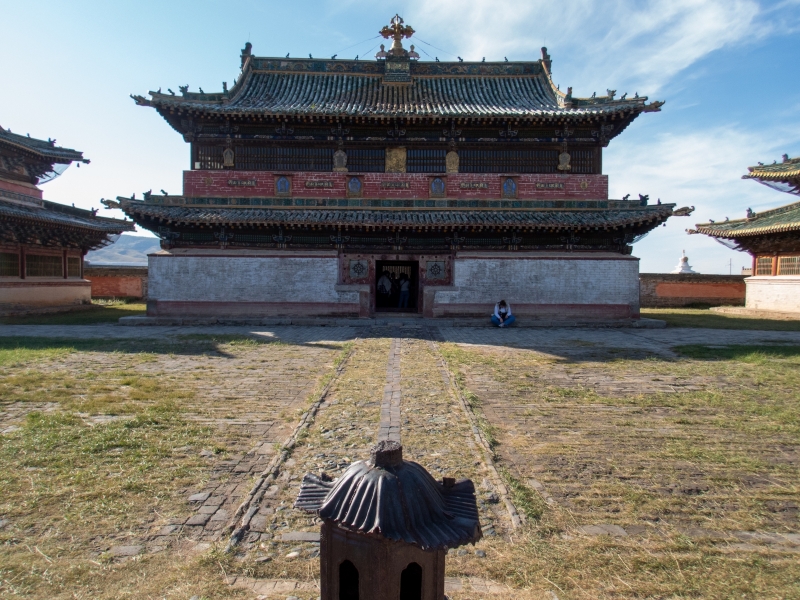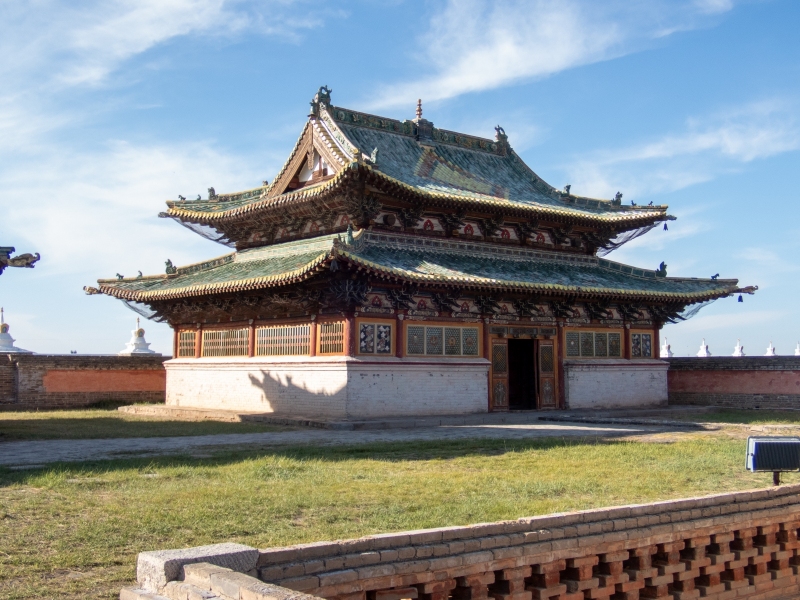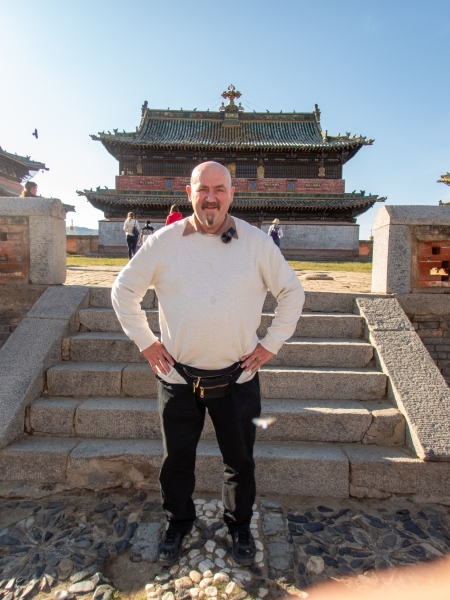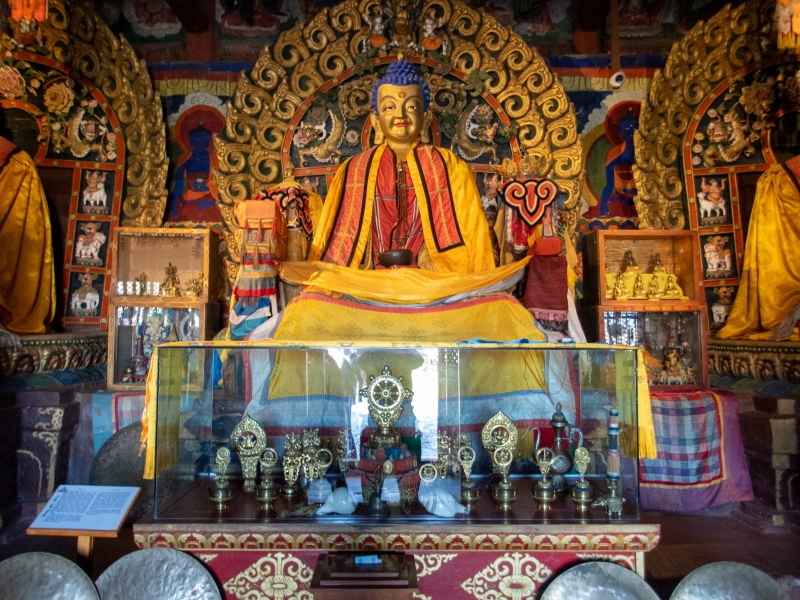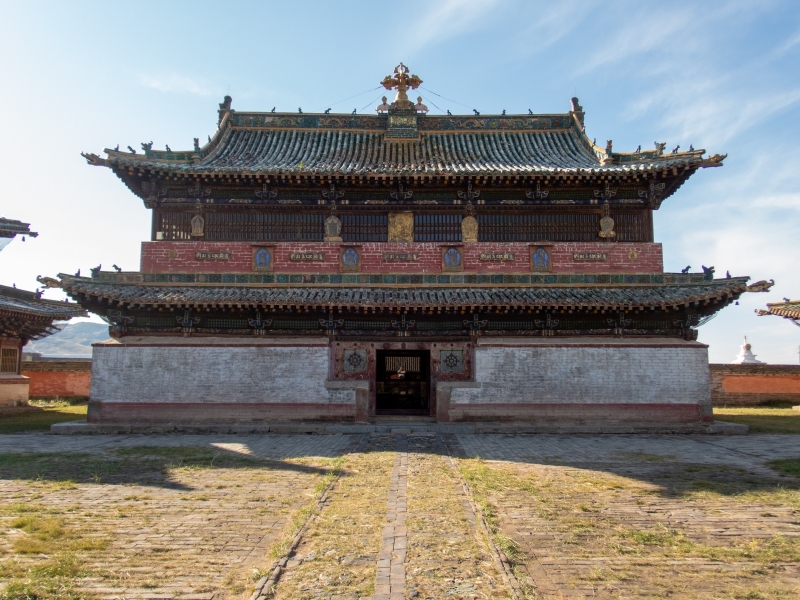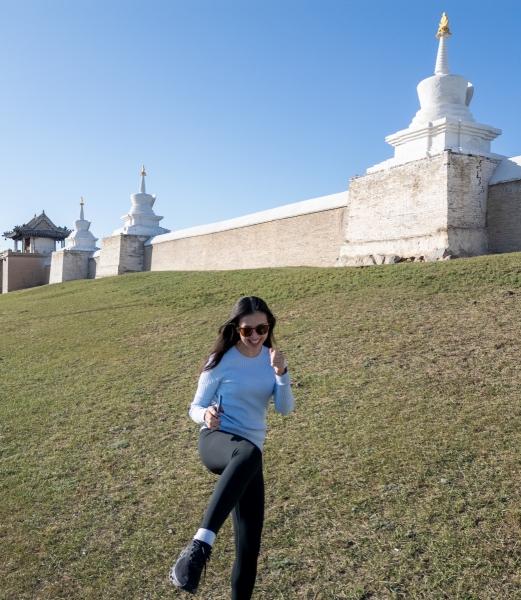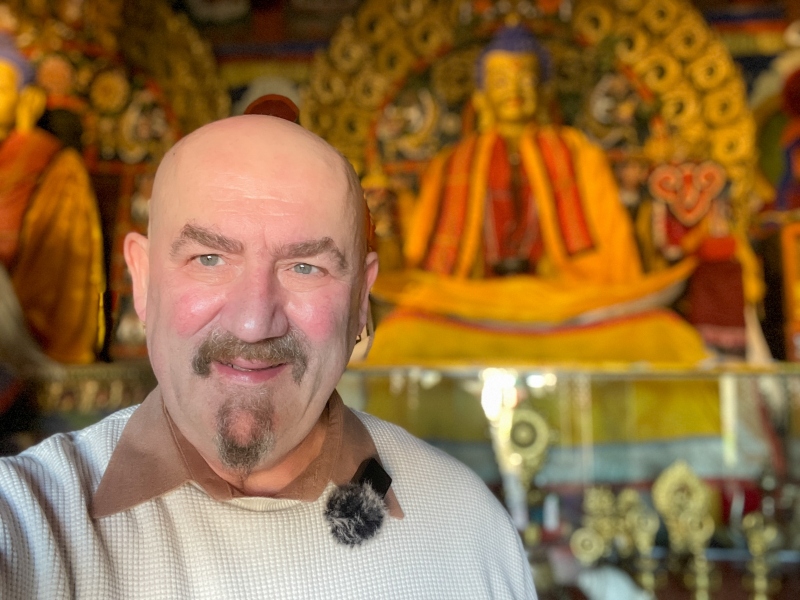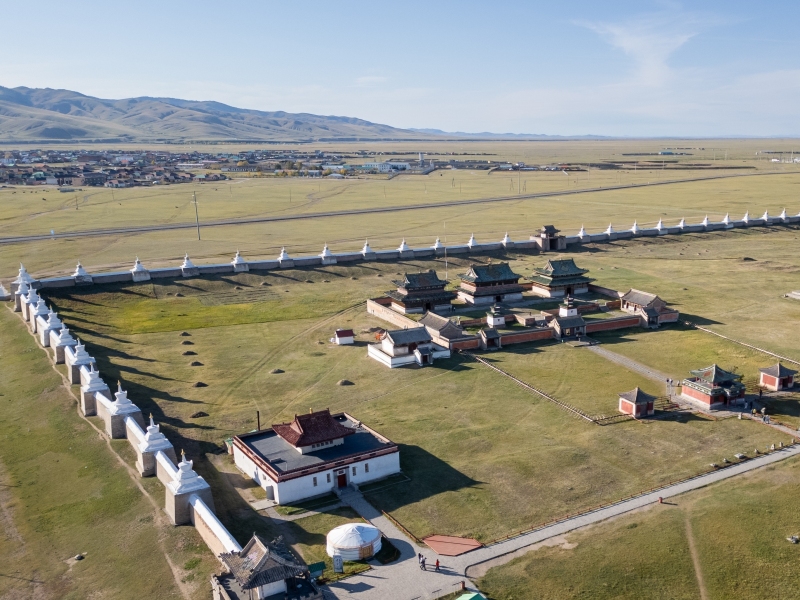Into the Wilderness and Nomadic Life
I decided to take a trip to the Semi Gobi Desert which included a visit to the ancient capital of Kharkhorin and the Erden Zuu Monastery which houses the temple of the Dalai Lama. The Mongolian Dalai Lama that is. This was to be followed by dinner with a Nomadic family and a night sleeping in a Gur, the traditional Nomadic tent.
Information is often scant when arrangements are made, so I had no idea how many people would be on the tour, what the accommodation would be like, or the food, or most importantly the toilets. I know that toilets in these parts usually consist of a hole in the ground surrounded by wooden planks and sometimes with a bucket of water. However I also knew that water is scarce on the steppe. As it was only one night, preventative Imodium was my solution (and it worked !).

With no idea who I would be travelling with, I was met at my hotel and taken to the van where I met Carlos, the Brazilian fellow who I travelled with the day before. We were told that we had to wait a few minutes for two Japanese travellers who were running late. Japanese late ?
Carlos and I struck up a more meaningful conversation than the day before, and found many common interests and experiences. This was a good omen for a trip which would be quite short, but full of challenging experiences.
And then the girls arrived….Yes the girls. Tomo and Yuki are two charming Japanese women who have an excellent command of English, have lived and worked overseas, and are fully accustomed to international ways. Indeed Tomo lived in Bangkok for some years and studied at Ruamrudee International School. The Group “gelled” immediately which was important as we would be living in close proximity for around 36 hours.
Our route would take us out of Ulaanbataar in a westerly and southerly direction towards Kharkorin. This was a long drive but it was the Mongolia that I wanted to see.
The landscape did vary in its detail. If you took a zoom lens, certain features were reminiscent of Ilkley Moor, Dartmoor or Scotland. However, zoom out and the vastness is truly impressive.
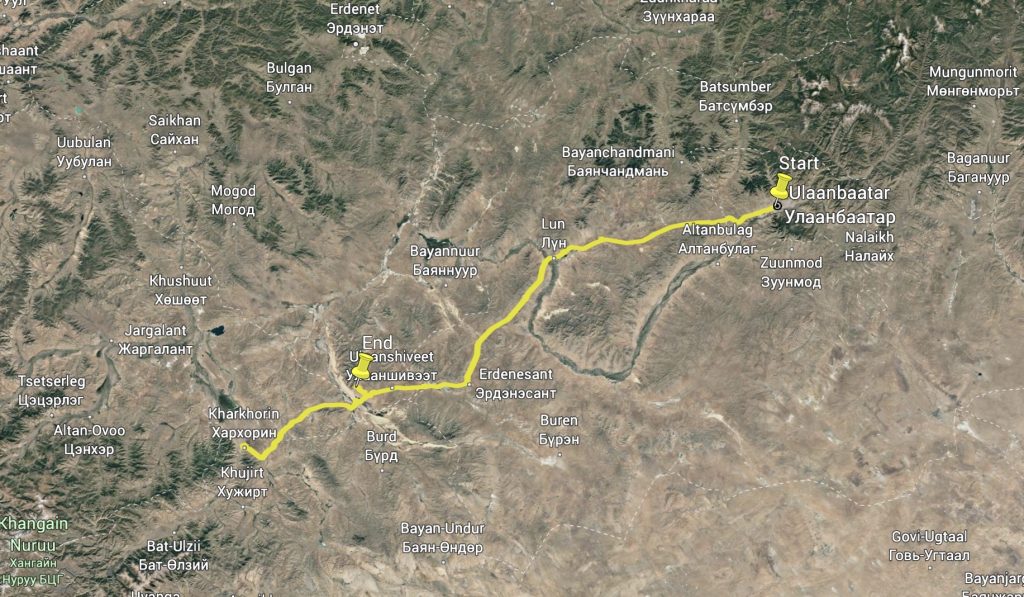
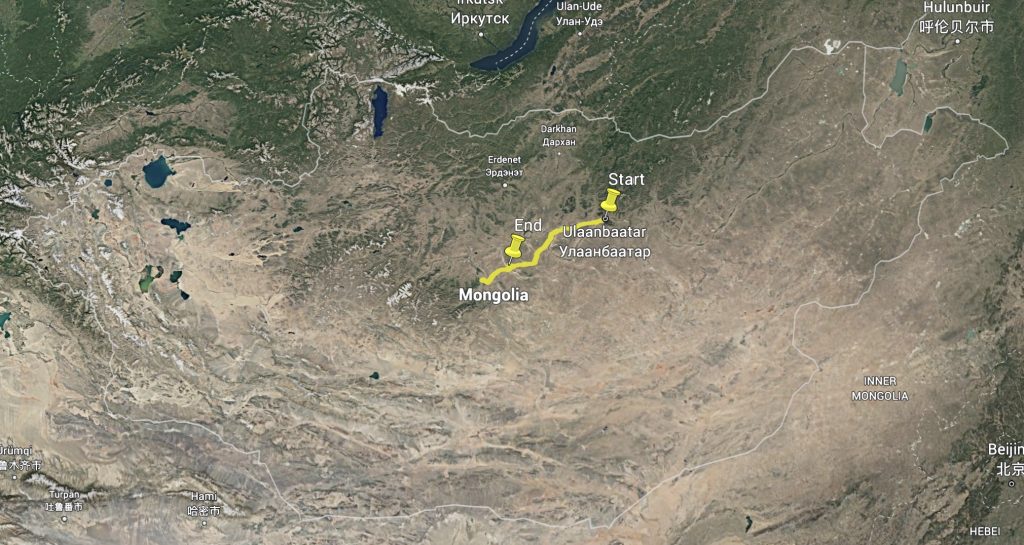

Lunch was at the Mongolian equivalent of a motorway service station (but no gasoline, that is sold elsewhere). Clean toilets and mutton noodles. I was starting to learn that portions in Mongolia are huge.
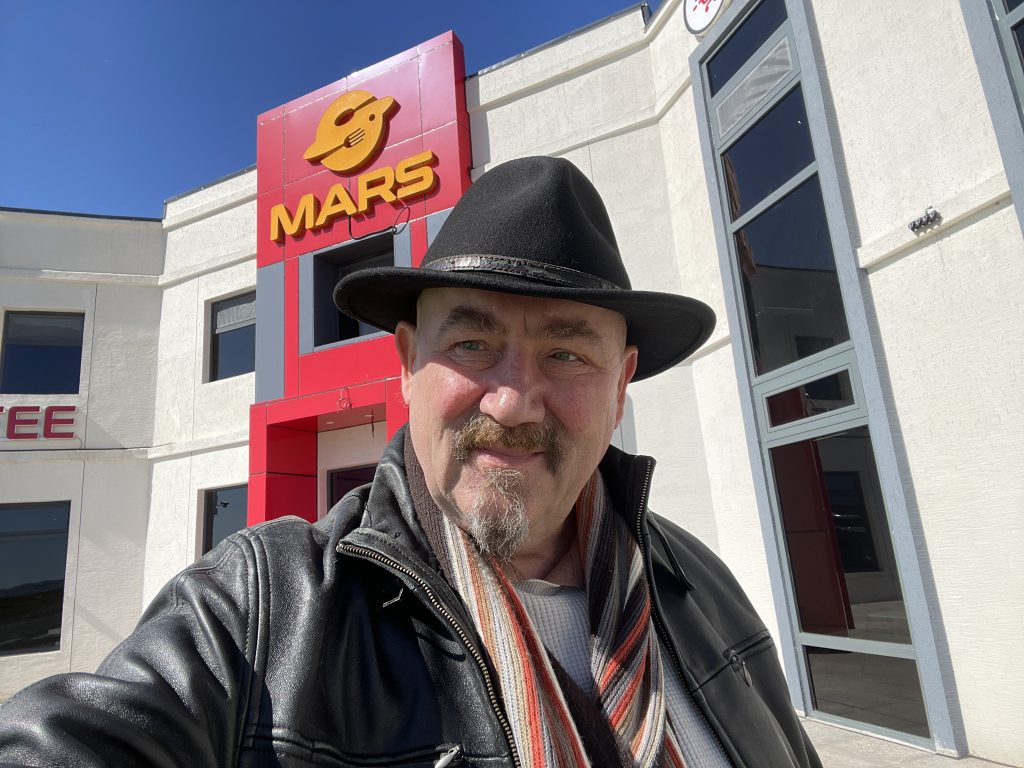
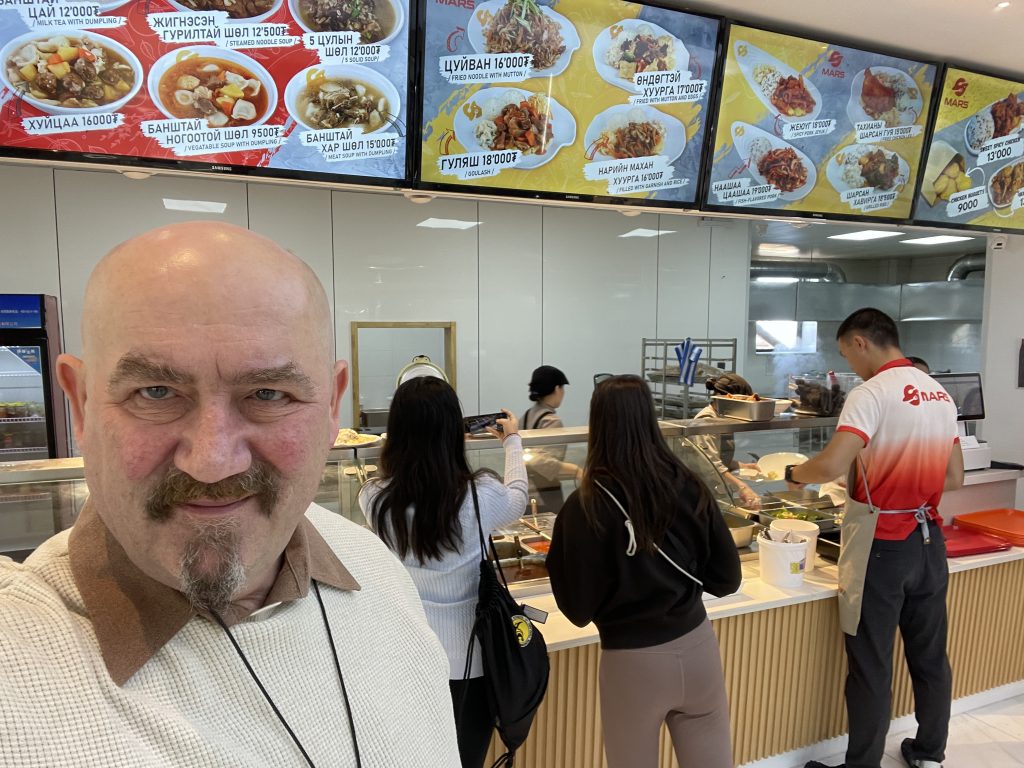
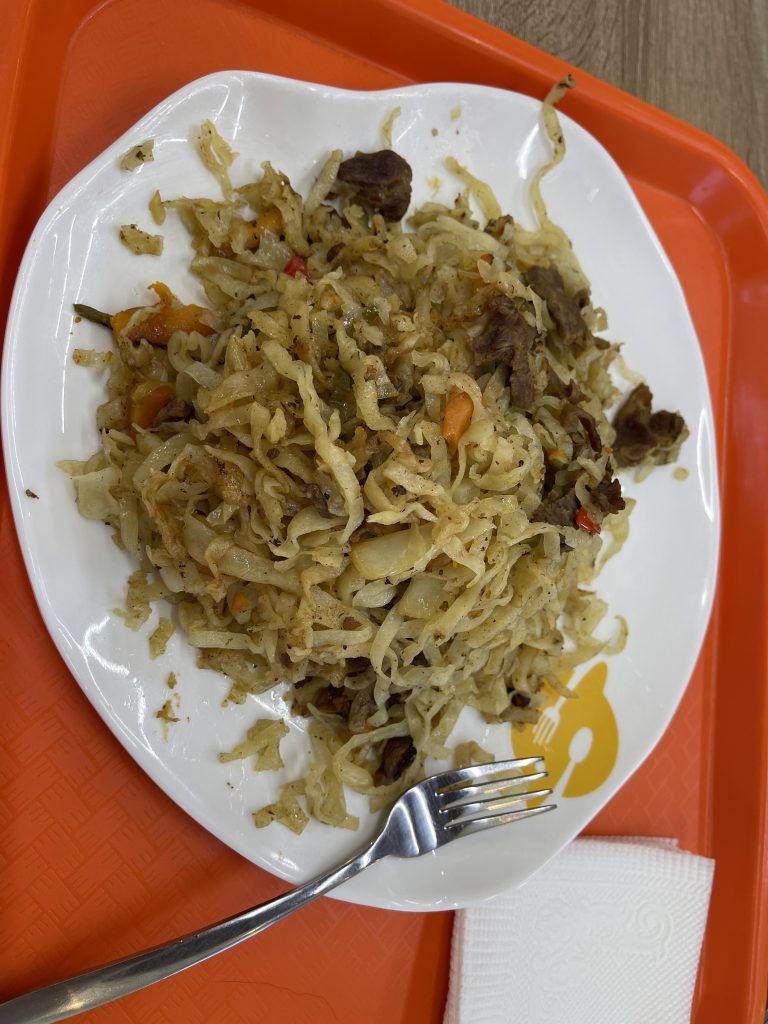
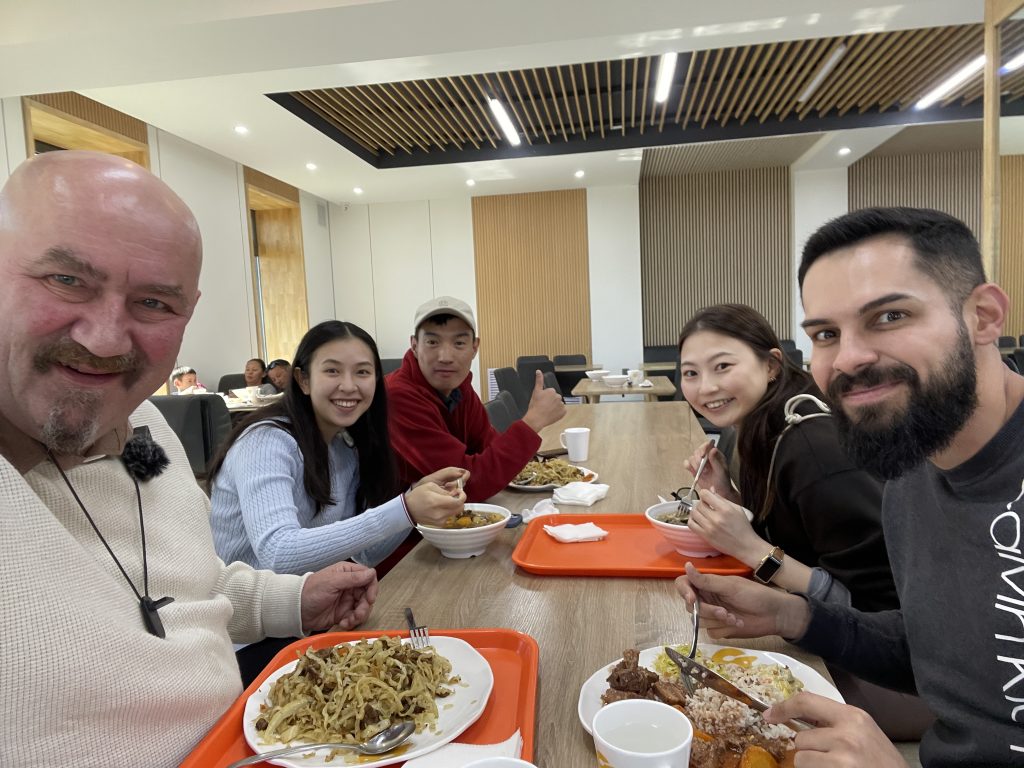
Our road continued towards Kharkorin, and the wild and vast steppe started to give way to glimpses of snow capped mountains, which came as a surprise as I thought that the mountains were to the North. Semi desert in the foreground and snow capped peaks in the distance.
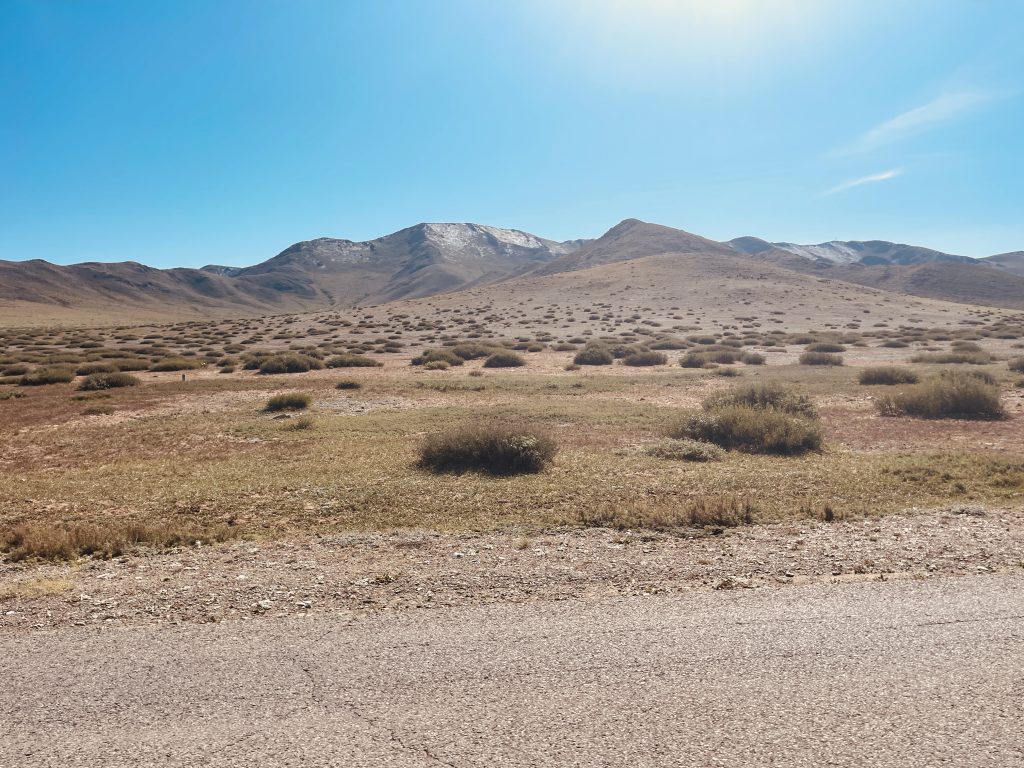
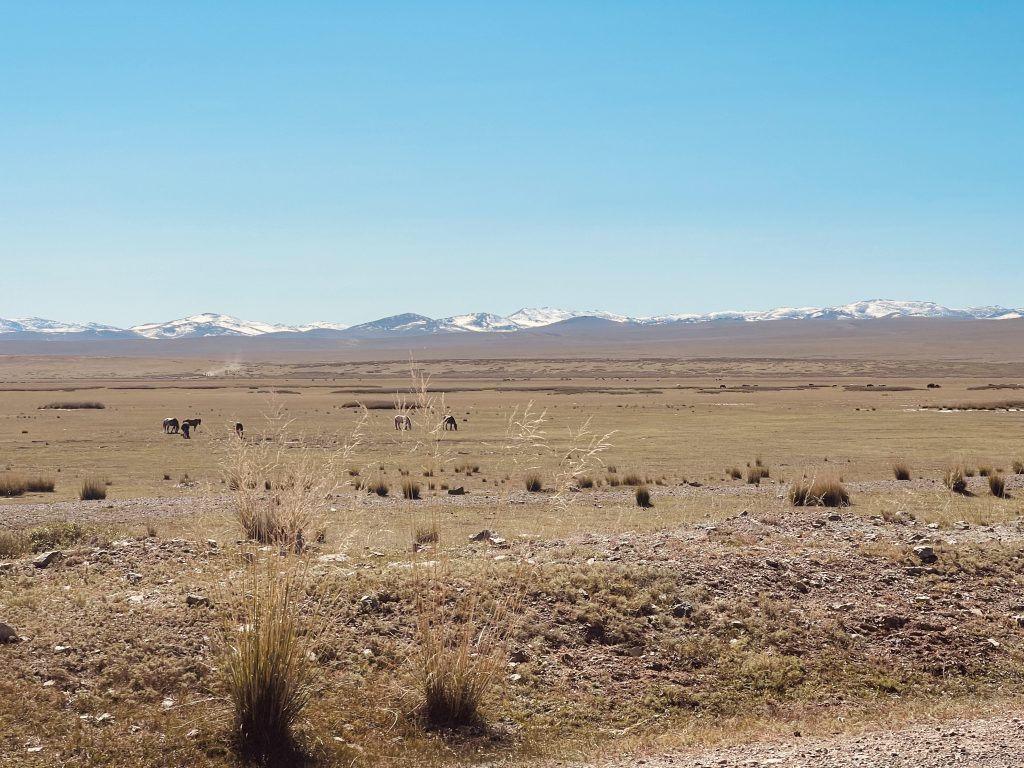
And on to Kharkorin. When we arrived at the museum car park I asked the guide about some ancient looking vans which reminded me of Cold War cartoons of Soviet vehicles. Sure enough these small vans (not sure of the name), which are ubiquitous, do date back to the Communist (read “Soviet” era). They were originally military vehicles, but hundreds survive and work in the tourism industry. The reason for their survival is that the design and engineering is so basic, that they can easily be repaired. Parts are simple and can be quickly manufactured. Reminded me of the story about the Americans spending millions on a ball point pen that would work in zero gravity outer space, and the Soviets used a pencil.

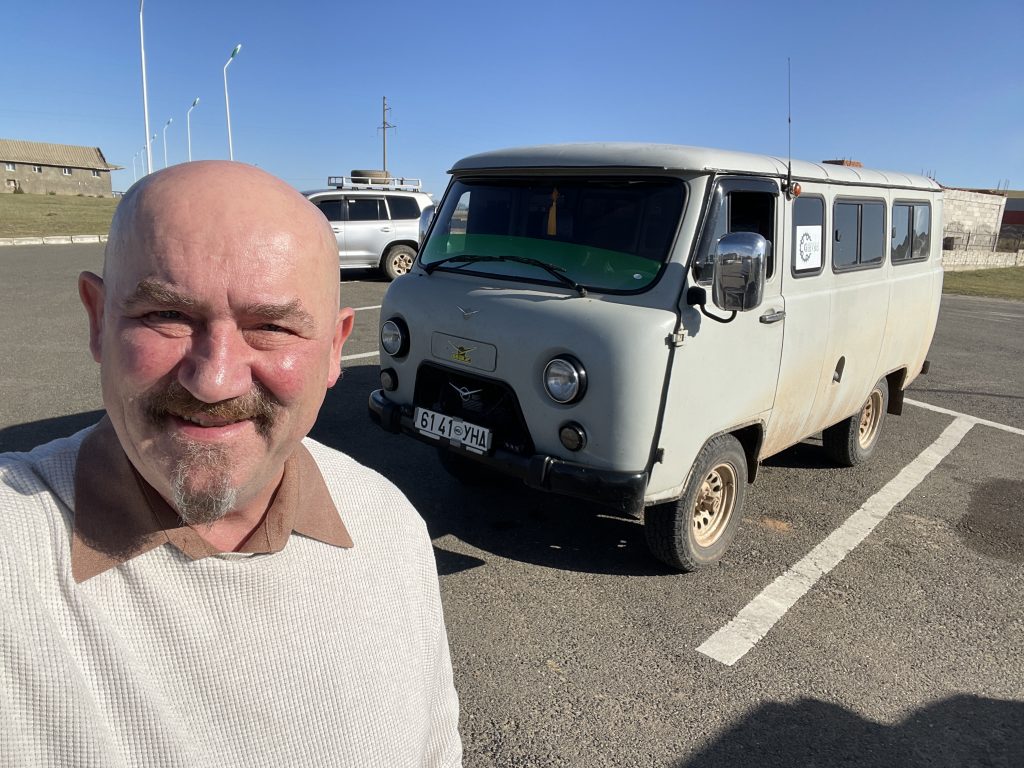
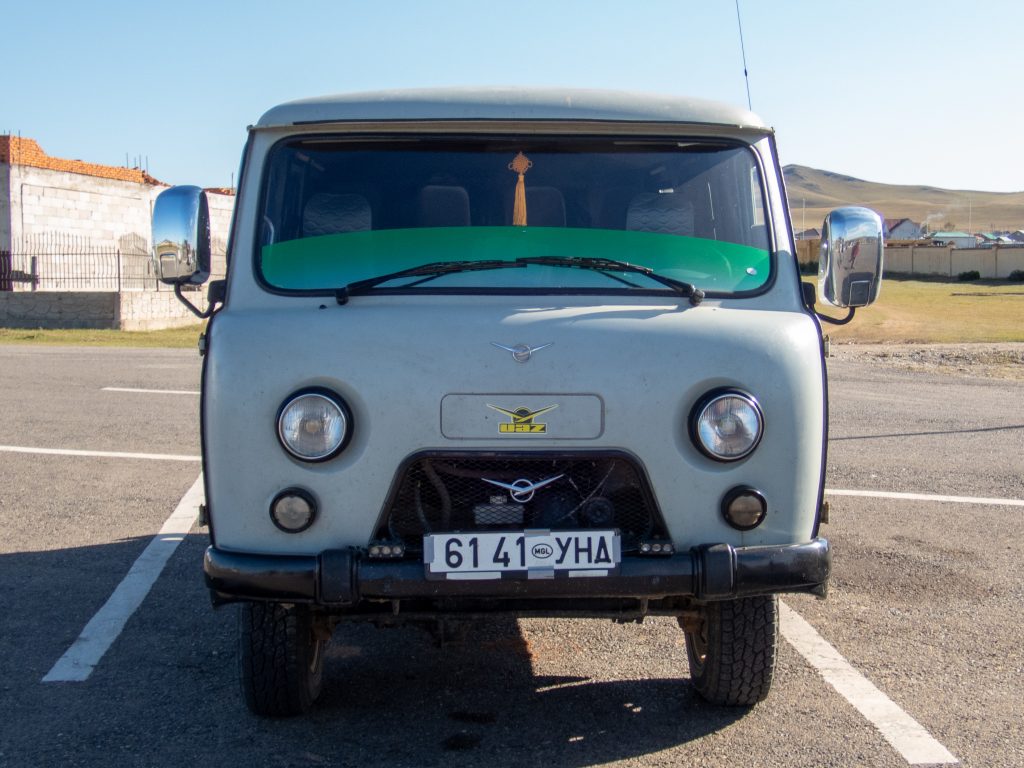
The Kharkorin Museum and excavation site was moderately interesting but covered a lot of the same ground as the Ghinghis Khan Museum the day before.
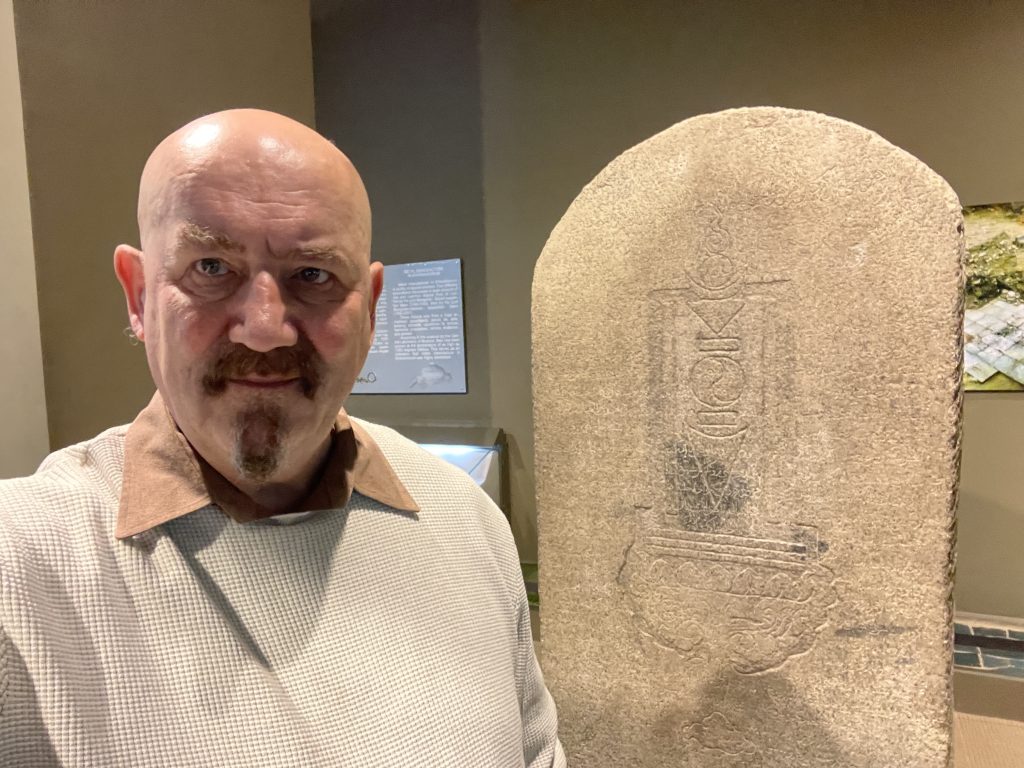
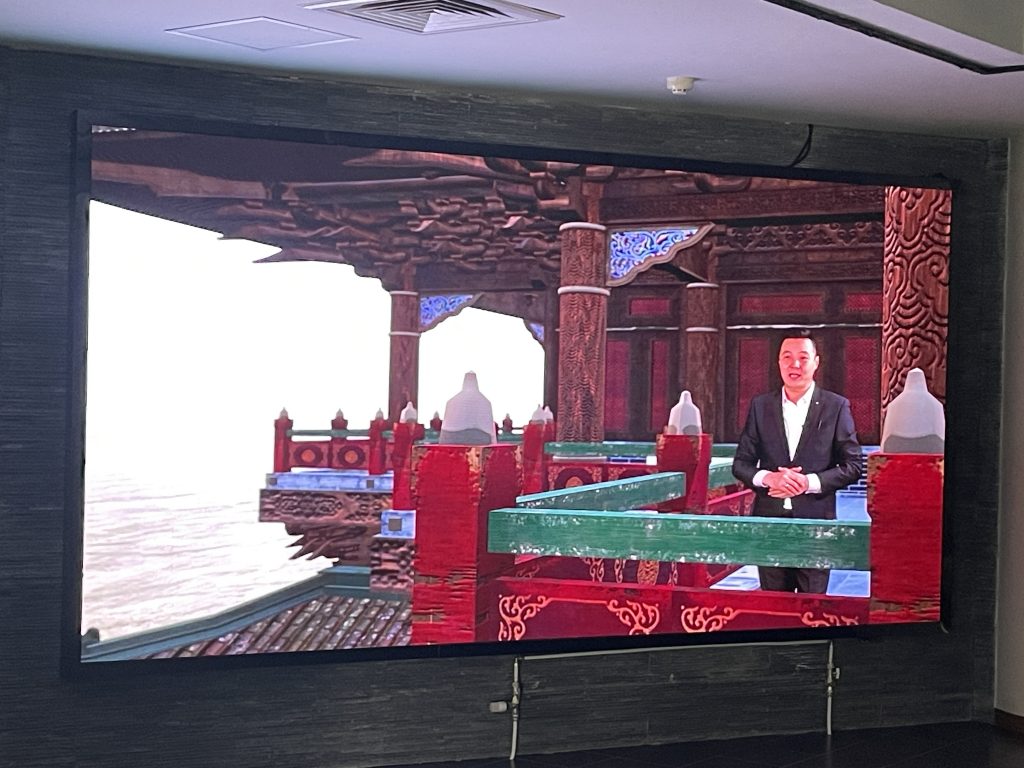
However, the Erdene Zuu Monastery was truly impressive. A restoration and not a reconstruction. Around 20 Tibetan Buddhist Monks live and work in the monastery. I was aware from my trip to Tibet that there was a Mongolian Dalai Lama, but as in Tibet, China has been interfering over the choice of re-incarnations.
Next Up…..Into the Semi Gobi Desert, Communal Living in a Gur (Nomadic Tent) and Camel Riding
